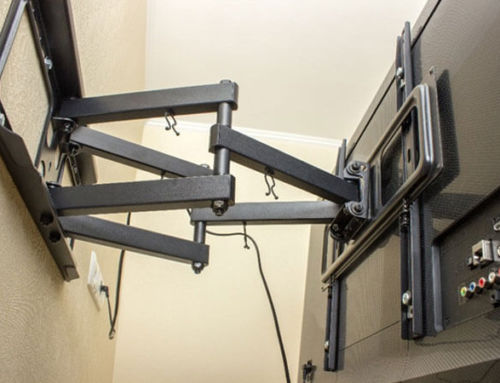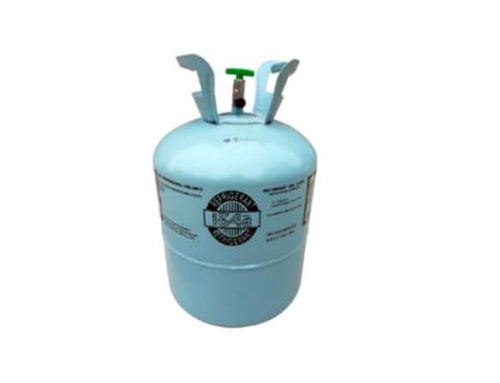After purchasing a TV wall mount, will you Google ” How to tell if a wall mount will fit your TV “? You want to see the TV from all angles and hang it on the wall. If you hang the TV on the wall, it will look beautiful and save space. Although doing this work yourself can save money, it can also take time. Once you know where it’s going to be installed the type of mount you want, the VESA mode, and the weight and size of the TV, you can do it easily.
But how to tell if a wall mount will fit your TV?
If you follow the advice below, you won’t doubt whether your TV wall mount can support your TV; Instead, you’ll be busy inviting your friends over to watch major events on TV.
Choose the best location for TV installation
Most TV wall mounts include all the accessories required to install drywall, including bolts and wall anchors. Unfortunately, if you put the TV on a plaster or masonry surface, you need special mounting accessories. This may require a different wall to ensure that the installation can accommodate the weight of the TV.
If you’re going to put the TV on the fireplace, remember that heat and smoke can shorten the life of the device. But if you don’t use an adjustable TV bracket, the wrong viewing posture can cause neck strain.
Another consideration is the distance between the TV and where you sit. For the best image and sound quality, you don’t want to be too close or too far away. For traditional LCD TV, the distance ratio between TV and audience is recommended to be 2:1, while for 4K ultra clear TV, the distance ratio between TV and audience is recommended to be 1.5:1 or 1:1.
Type of Mount
Which type of installation you choose depends on how you will watch TV. If your TV can be installed at the right height and you don’t need to access the socket or TV port frequently, the fixed installation type is an ideal choice. It is light and can be fixed, takes up the least space, and is the most affordable type.
If you need to install the TV very high, such as above the fireplace, you need a tilted TV bracket. You can change the viewing angle up and down to get the best image quality.
Finally, the full motion TV bracket can be adjusted in all directions to make it suitable for all kinds of sitting space and corner installation. This kind of bracket is more durable and more functional than other types of brackets, but the price will be a little more expensive.
VESA compatibility
What Is VESA?
VESA is the standard installation mode on the back of flat panel TV and monitor. Most brands that produce flat-panel TVs and monitors use VESA installation mode. There are 4 screw holes (2 up and 2 down) on the back of the VESA compliant TV to connect the VESA compliant mounting bracket, which matches the VESA mounting mode of the TV. Therefore, if the VESA installation compatibility of your TV or monitor is 400 × 600, the horizontal spacing of VESA screw holes on the back of the TV is 400 mm and the vertical spacing is 600 mm. Depending on the VESA installation specifications for your TV/monitor, you need to use a mounting bracket that can accommodate the required VESA installation mode.
There isn’t much technology to talk about. All TVs have a common installation mode built into the back of the TV, allowing the TV mounting bracket to connect. The Video Electronics Standards Association (VESA) decides which mode is the easiest to install and has the best perspective once it is installed correctly.
The VESA interface standard on the back of the TV set must match the bracket you purchased. You need to measure the distance (mm) between the four holes on the TV, first horizontally and then vertically, to determine the size of the VESA. The following are common VESA and TV sizes:
- 200 x 200 for 32-inch TV
- 400 x 400 for 60-inch TV
- 600 x 400 for 70-to-84-inch large screen TV
The size and weight of TV
When in doubt, be sure to check the manual to see if your TV wall mount is compatible with its weight. The specifications should be within the range mentioned above.
Generally speaking, the size of a TV set is proportional to its weight. The bigger the TV, the heavier it will be. The TV wall mount also needs to have maximum weight capacity and meet various VESA standards. As long as the TV bracket is purchased according to the corresponding size, the bracket can easily support the weight of the TV.
We answered your “How to Tell If a Wall Mount Will Fit Your TV” question. Hope you can find the most suitable TV bracket.


